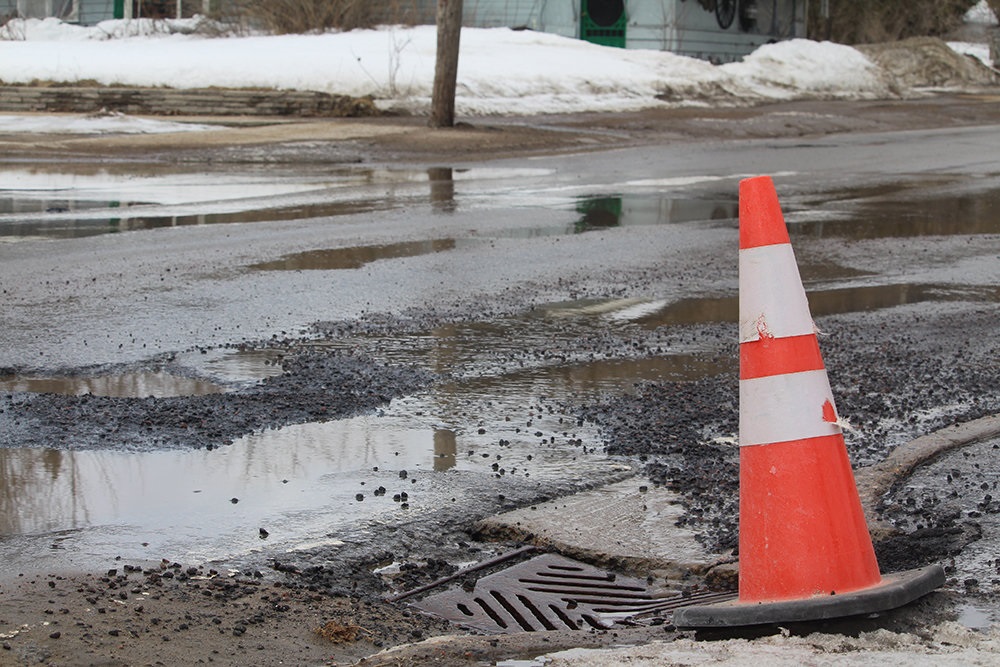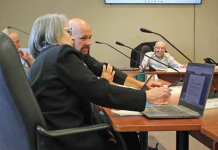Dysart et al is bracing to spend $854,800 more annually to catch up on needed infrastructure renewal, potentially adding a 1.7 per cent increase to its tax levy annually.
Council approved a new asset management plan May 25. The plan provides insight into the state of municipal bridges, roads and other infrastructure, making recommendations on needed capital spending.
The report from Mississauga-based consultant Watson and Associates Economists Ltd. found although the average bridge condition index (BCI) is rated as “fair” with an average of 60.5, seven vehicle bridges are in poor condition, as well as two culvert and two footbridges.
The plan projects the municipality will have to significantly up capital expenditures to meet lifecycle costs of infrastructure over the next 10 years, including an annual 1.7 per cent increase to the tax levy – above and beyond any other reasons for raising taxes.
“This really is holding us to the task,” Mayor Andrea Roberts said. “To make sure we are maintaining our assets.”
The plan also anticipates an 8.1 per cent increase in wastewater billing revenues will be needed annually for the wastewater treatment plant, possibly offset by a growth in the customer base.
The firm found the municipality spent approximately $3,304,528 in capital expenses in 2021. It estimates the municipality needs to increase that to $4,159,314 annually over 10 years – a gap of $854,800. These extra dollars would ensure enough lifecycle funding, including for repairs and replacement.
“We are adding to reserves for our assets,” Roberts said. “But clearly, not enough.”
Coun. John Smith asked how the municipality compared to similar ones.
Managing partner Peter Simcisko said Dysart is ahead of the curve in asset management planning and provinciallymandated deadlines.
“Your asset management plan meets all those requirements now,” he said. “With the tax levy impacts we’re seeing for the tax-supported assets, I would say those came in somewhat lower than many other communities that have historically underinvested significantly.”
However, Simcisko added the wastewater revenues Dysart needs are on the higher end.
“It indicates that historic level of investment in wastewater infrastructure has been lower than it should have been.”
Roberts said the province mandated these plans because not enough municipalities are looking at the long-term picture.
“It’s fabulous that Dysart is ahead,” she said. “A lot of small municipalities are really still doing budgeting like oldfashioned ways, year over year.”





